PDF-KIGU ballerina
Author : josephine | Published Date : 2021-06-27
The Hungarian connection Readers of Face Facts will have seen my previous features about the Stratton ballet range Ballet was such a popular subject matter in the
Presentation Embed Code
Download Presentation
Download Presentation The PPT/PDF document "KIGU ballerina" is the property of its rightful owner. Permission is granted to download and print the materials on this website for personal, non-commercial use only, and to display it on your personal computer provided you do not modify the materials and that you retain all copyright notices contained in the materials. By downloading content from our website, you accept the terms of this agreement.
KIGU ballerina: Transcript
Download Rules Of Document
"KIGU ballerina"The content belongs to its owner. You may download and print it for personal use, without modification, and keep all copyright notices. By downloading, you agree to these terms.
Related Documents

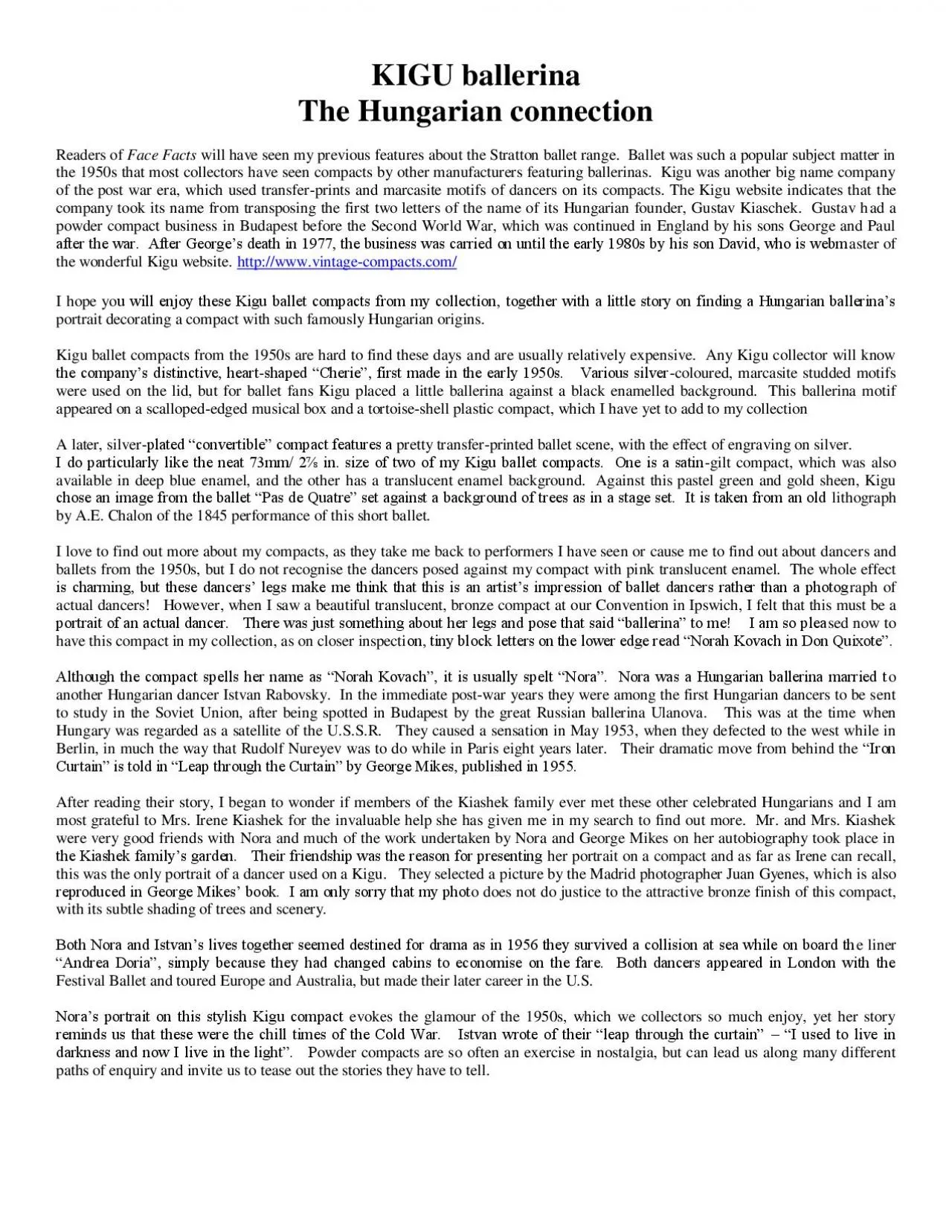

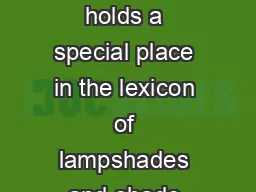
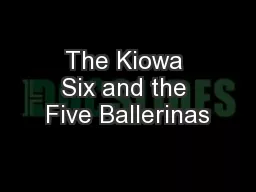

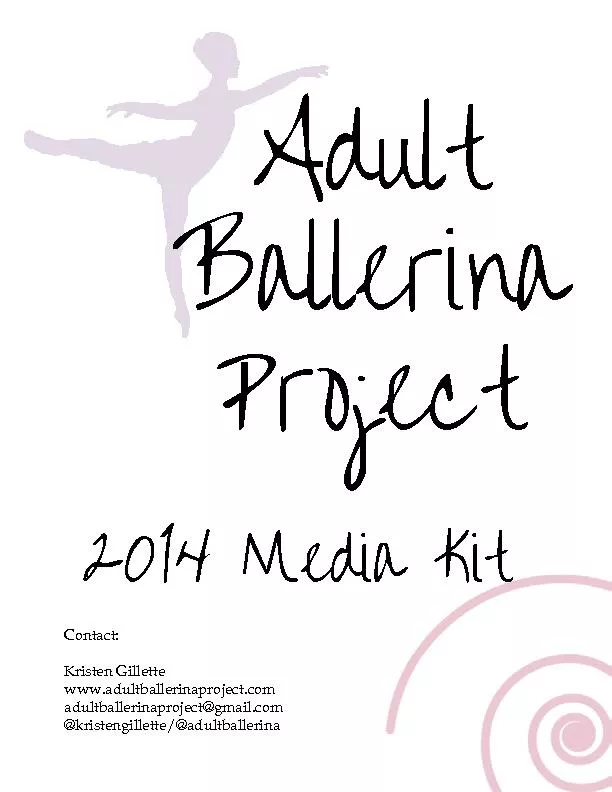
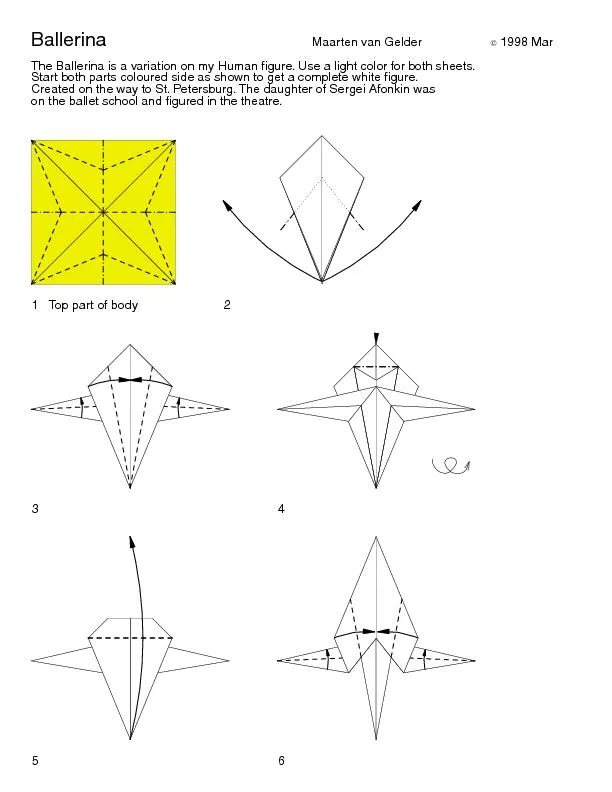

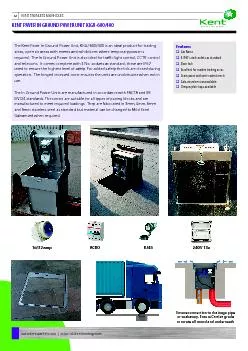

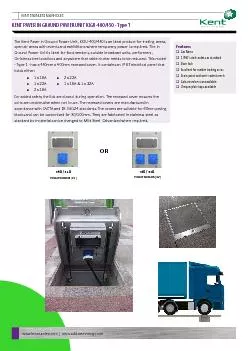
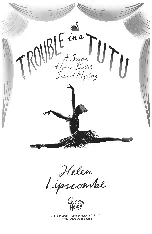
![[READ]-Beginning Ballerina Programming: From Novice to Professional](https://thumbs.docslides.com/971683/read-beginning-ballerina-programming-from-novice-to-professional.jpg)
![[FREE]-Beginning Ballerina Programming: From Novice to Professional](https://thumbs.docslides.com/976876/free-beginning-ballerina-programming-from-novice-to-professional.jpg)